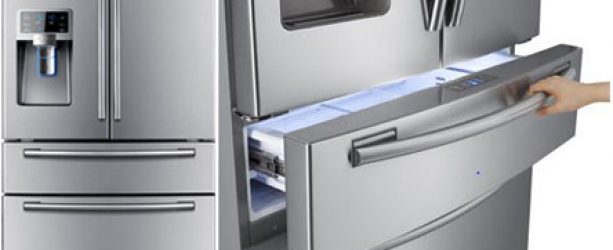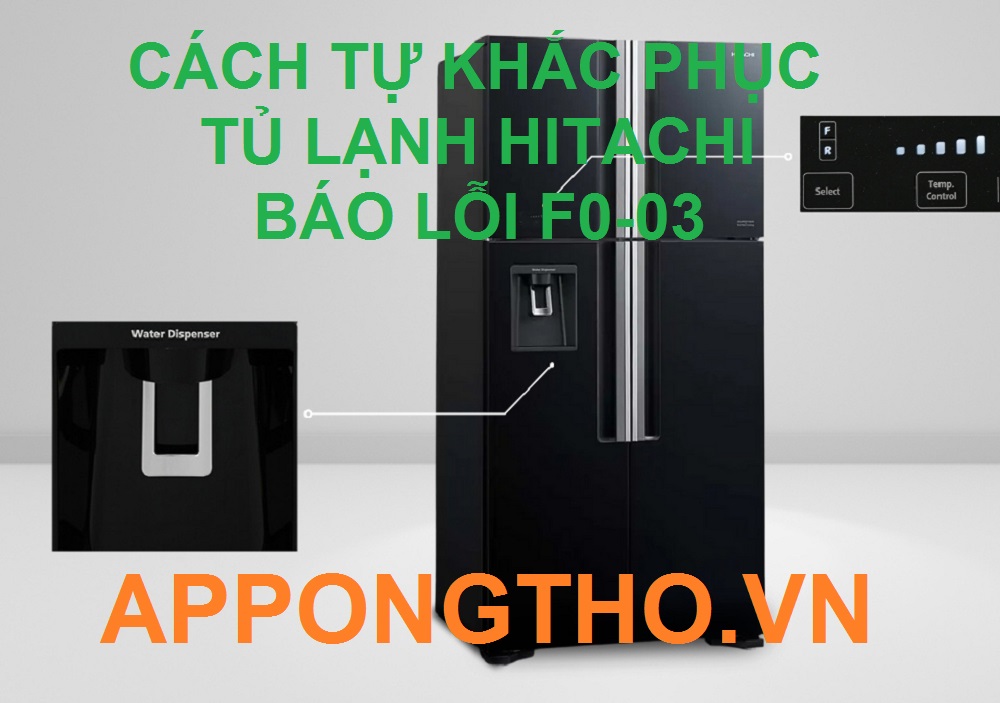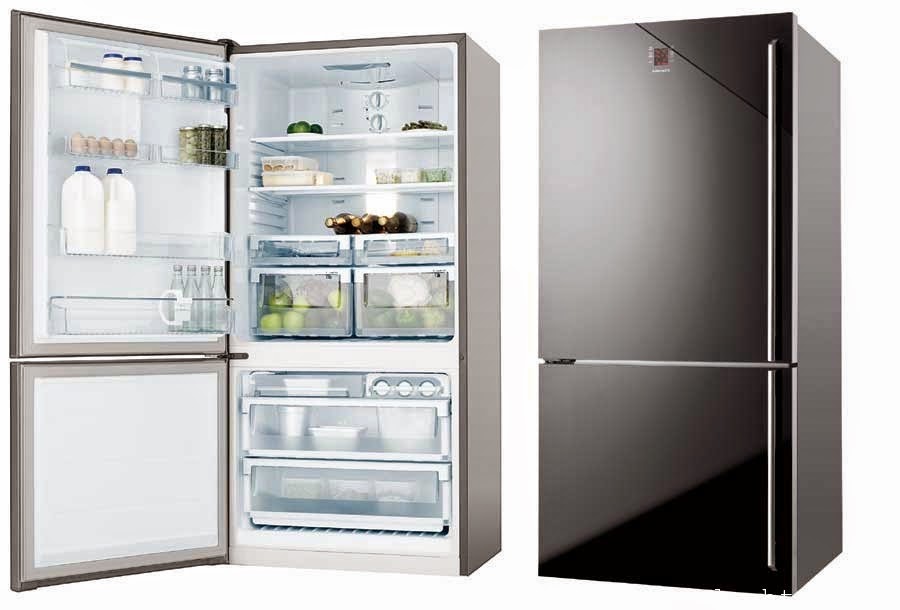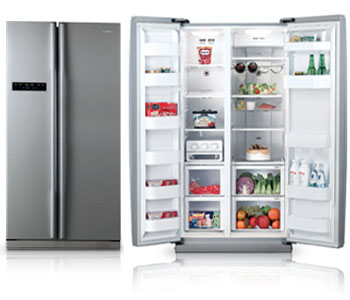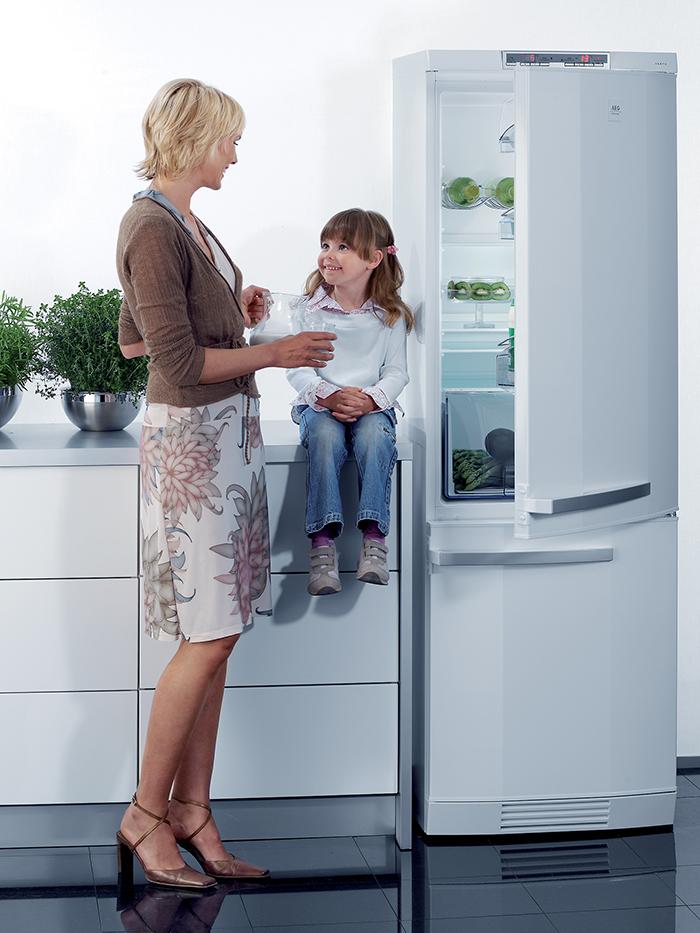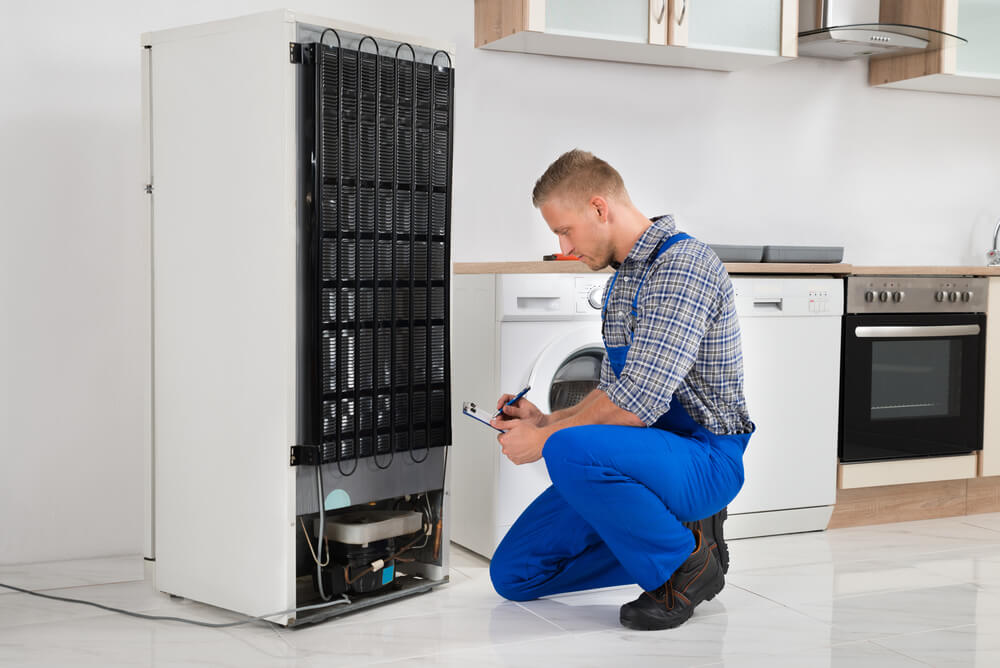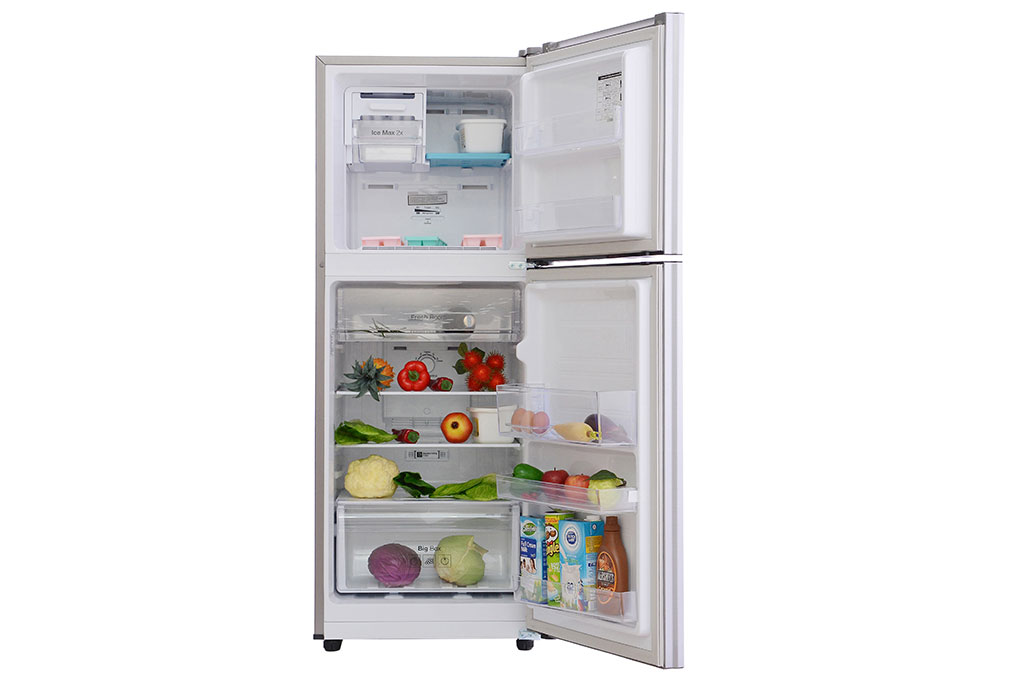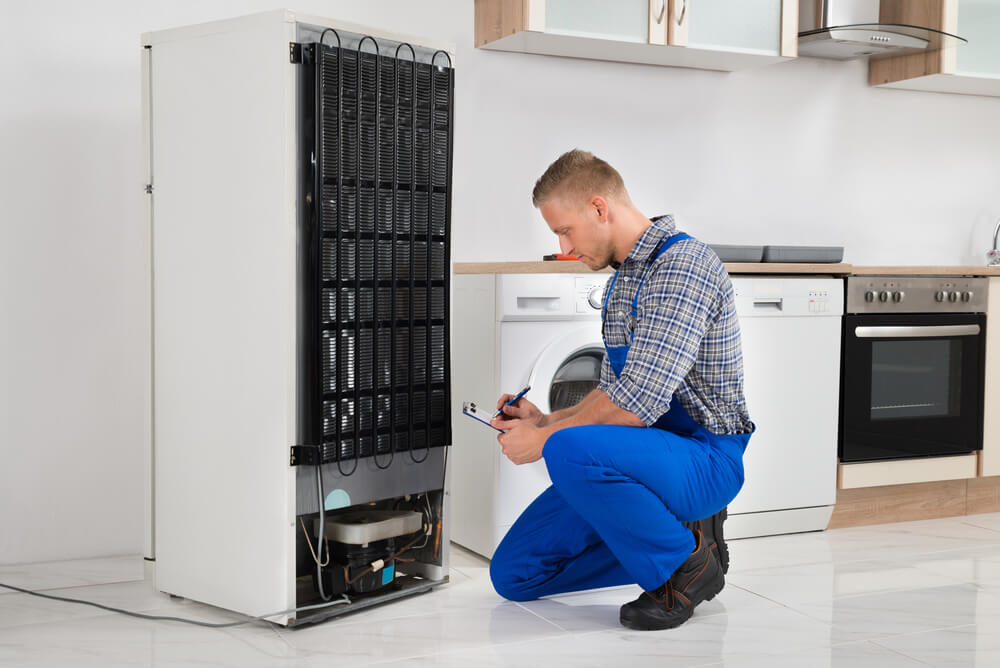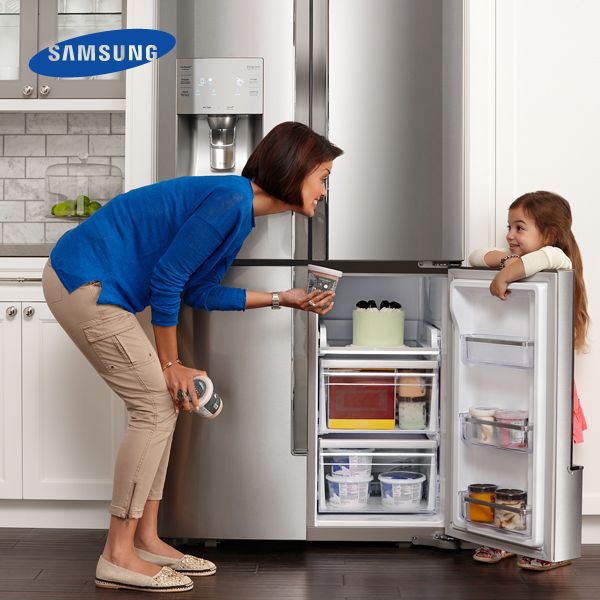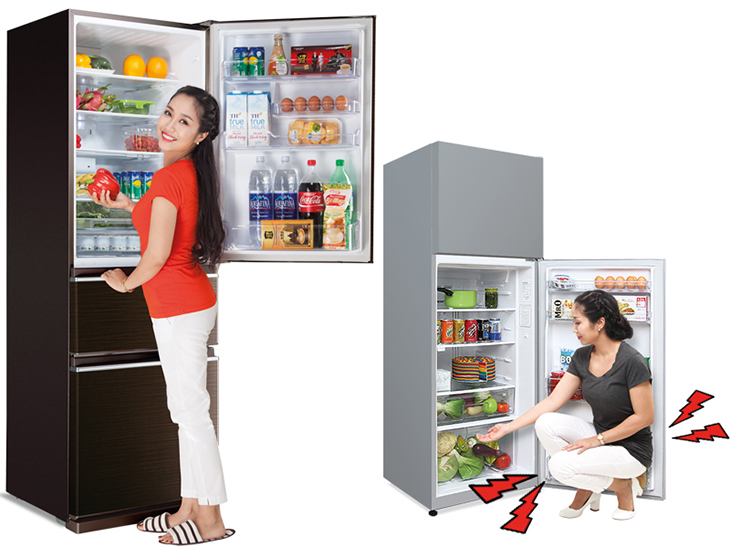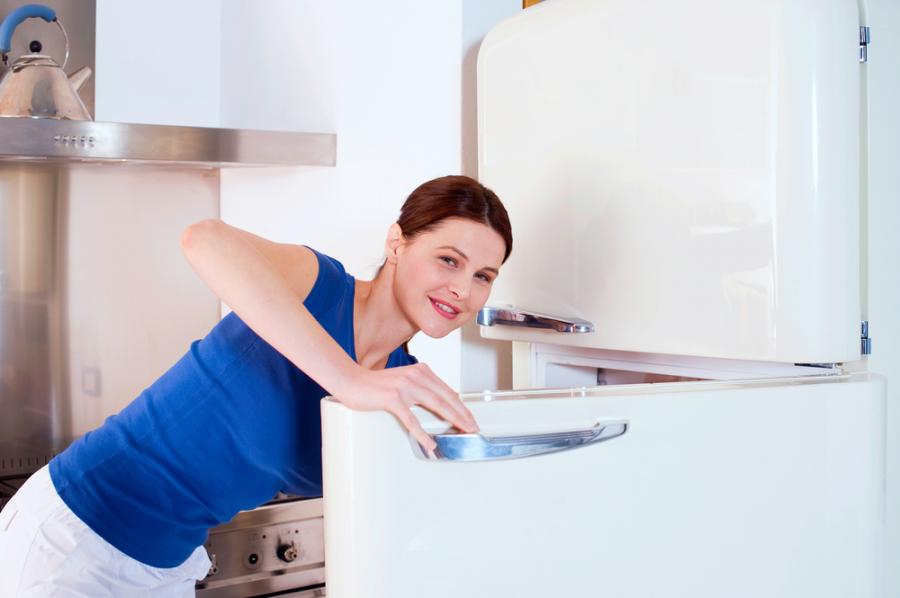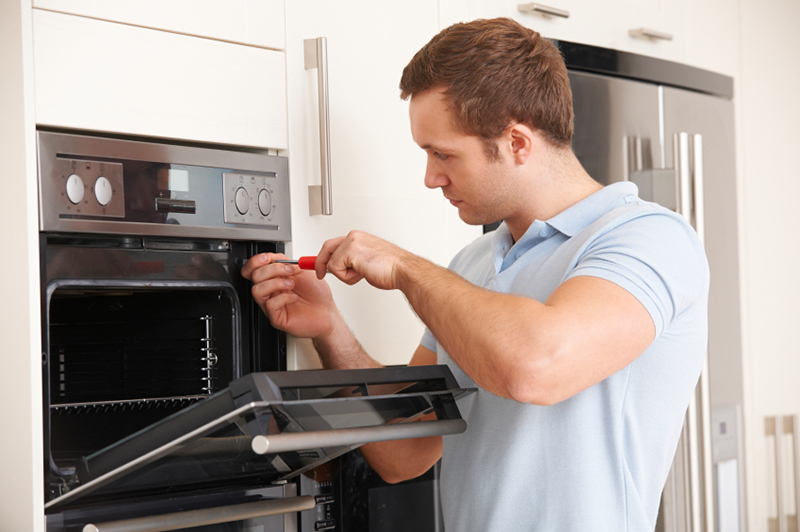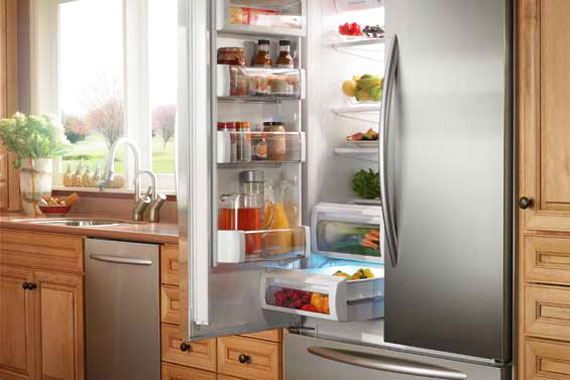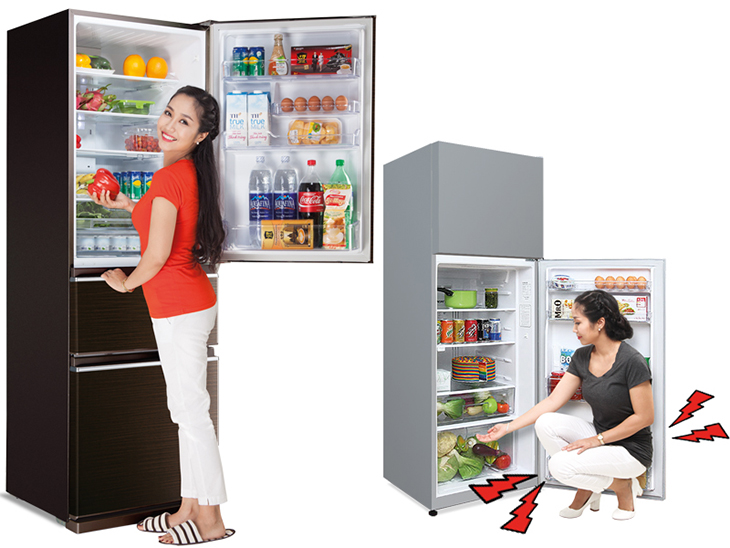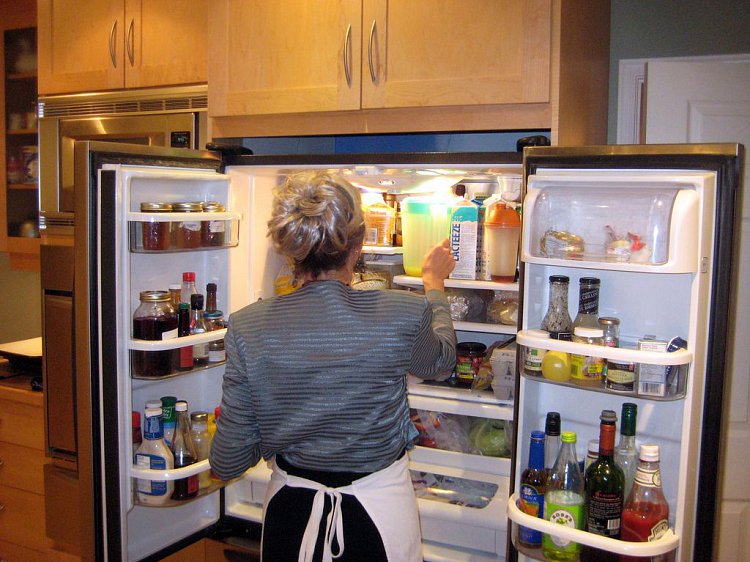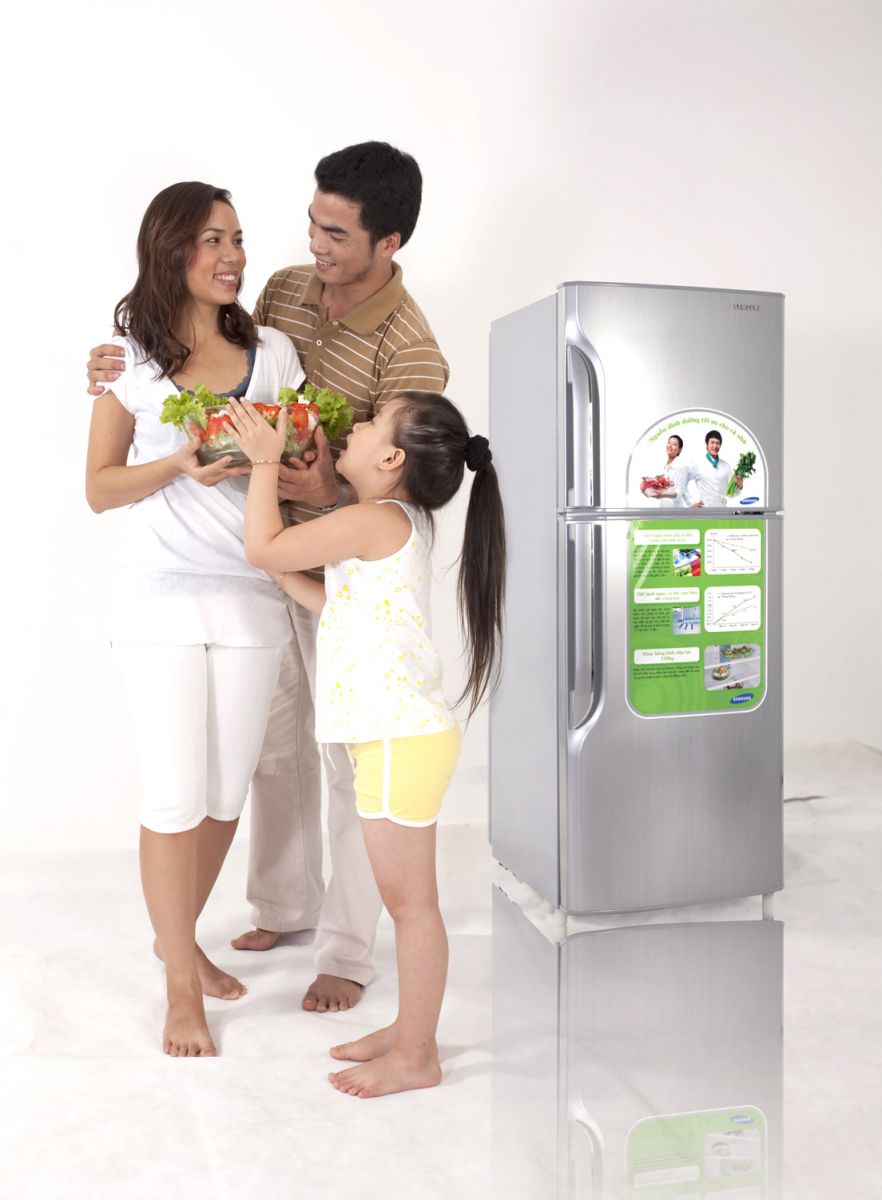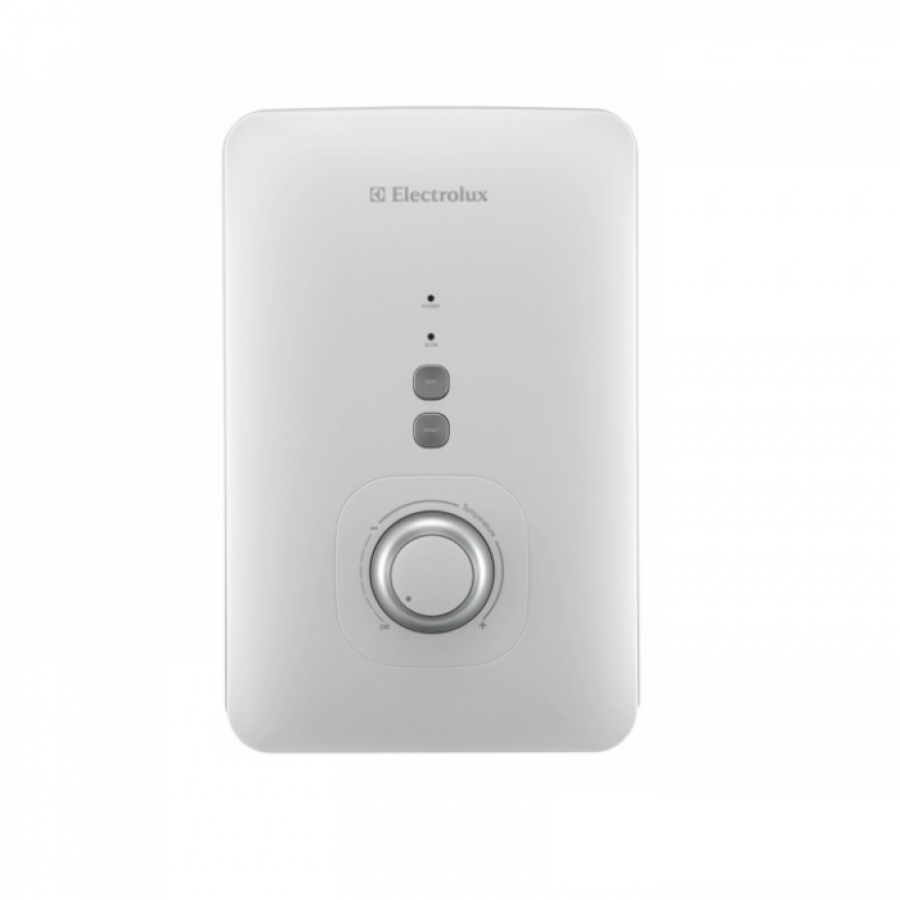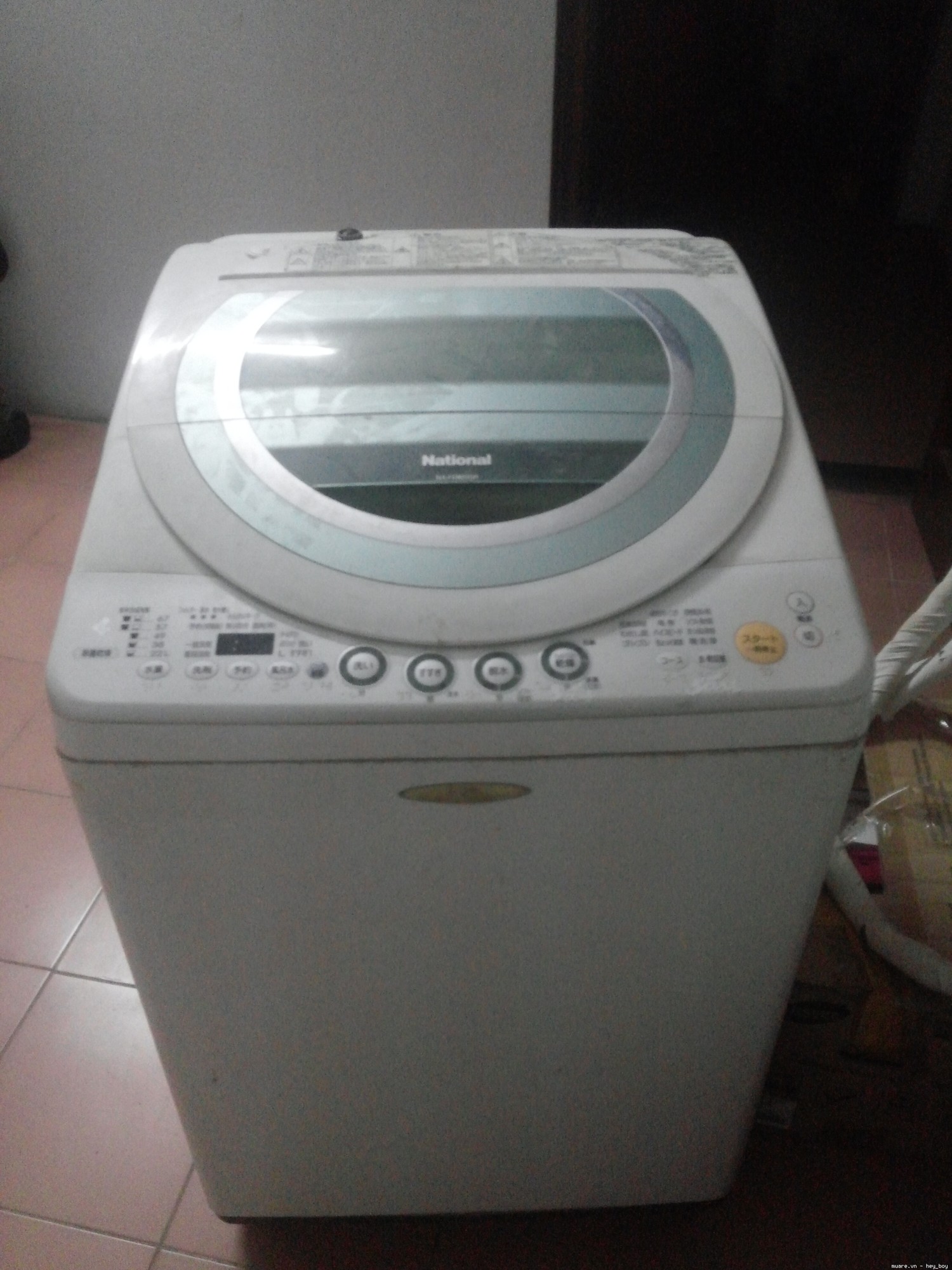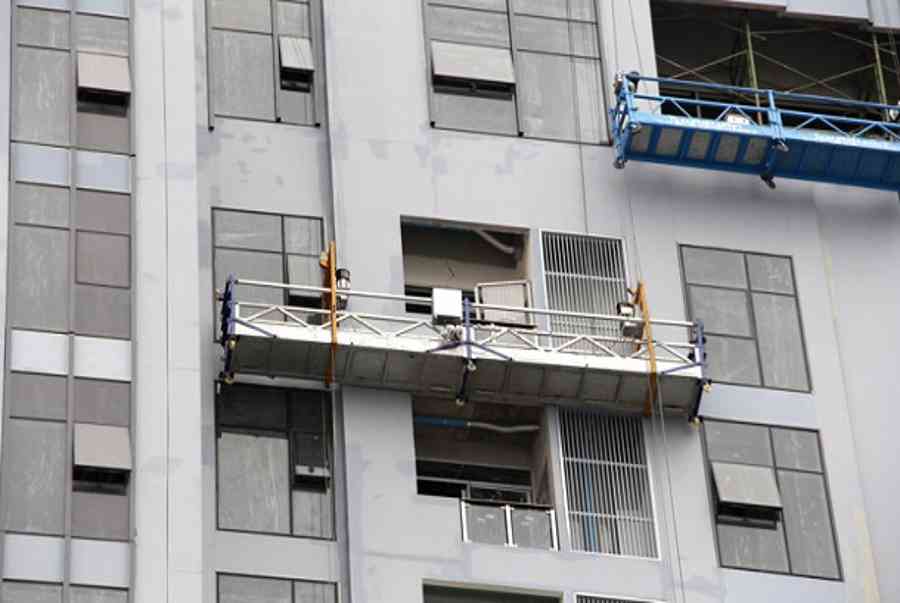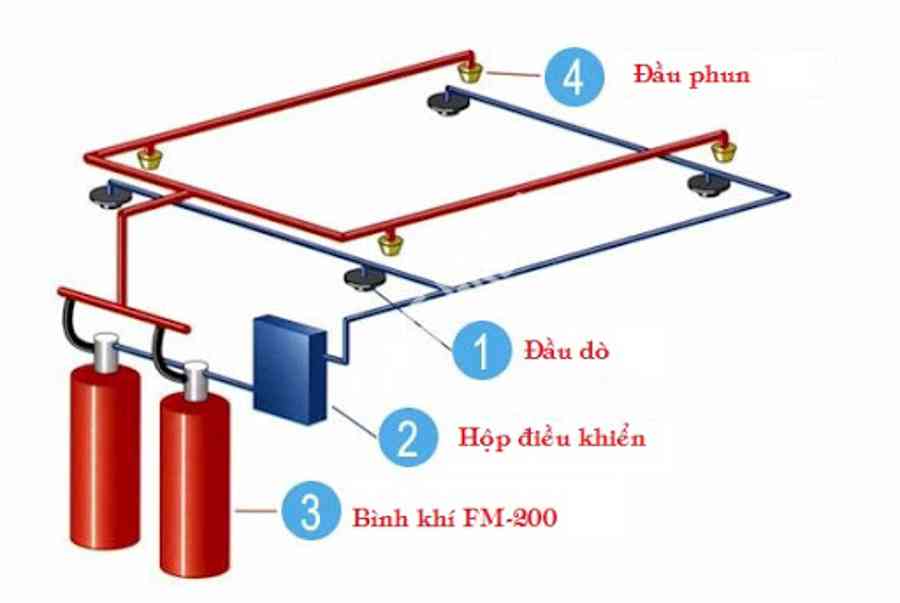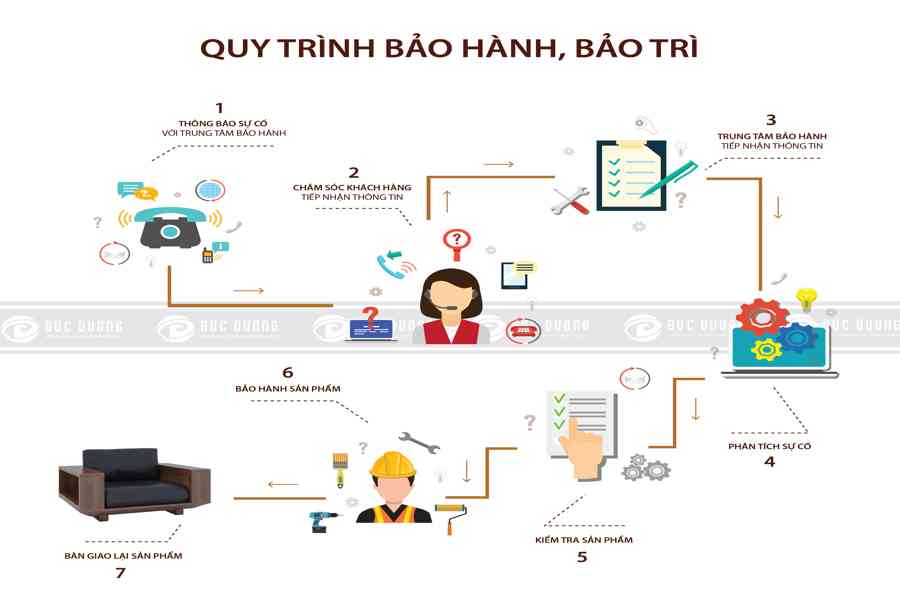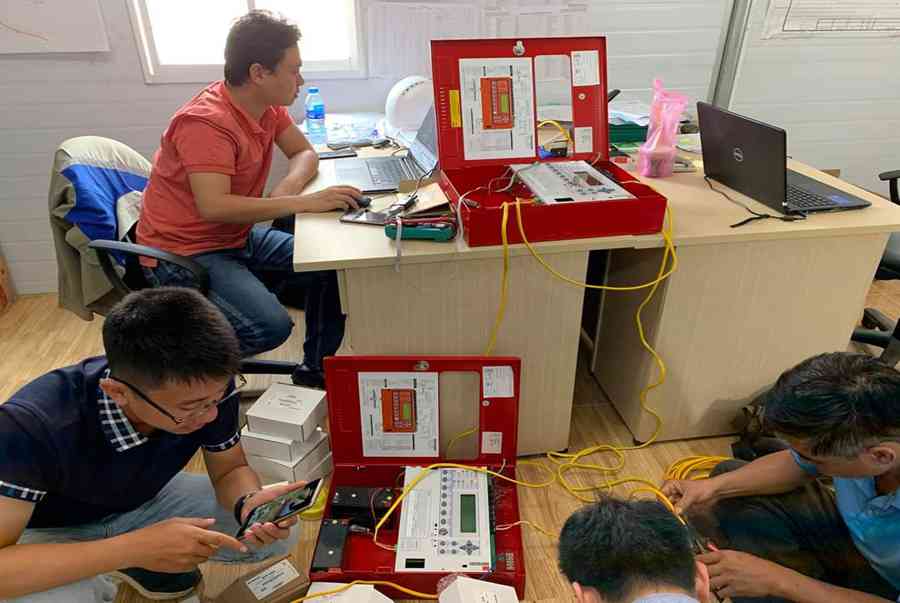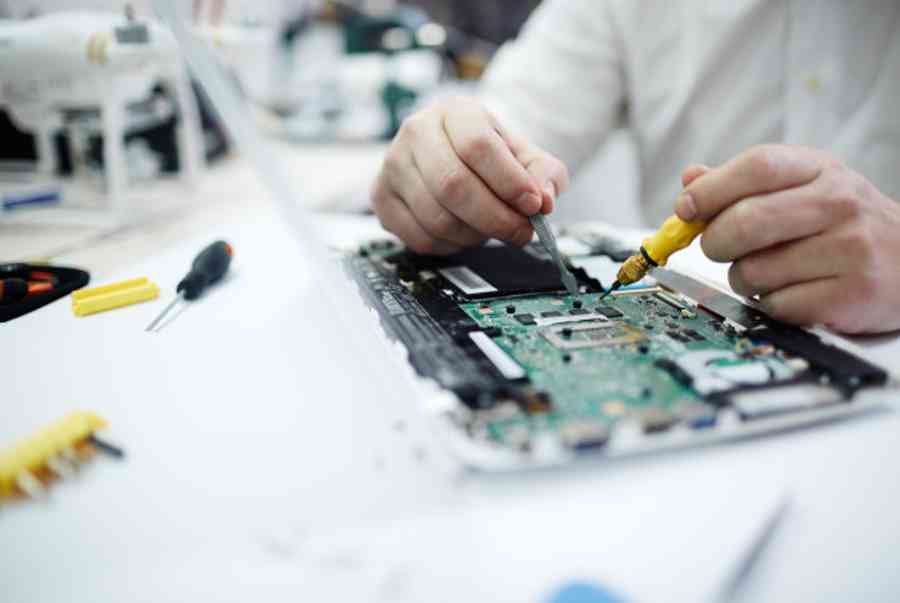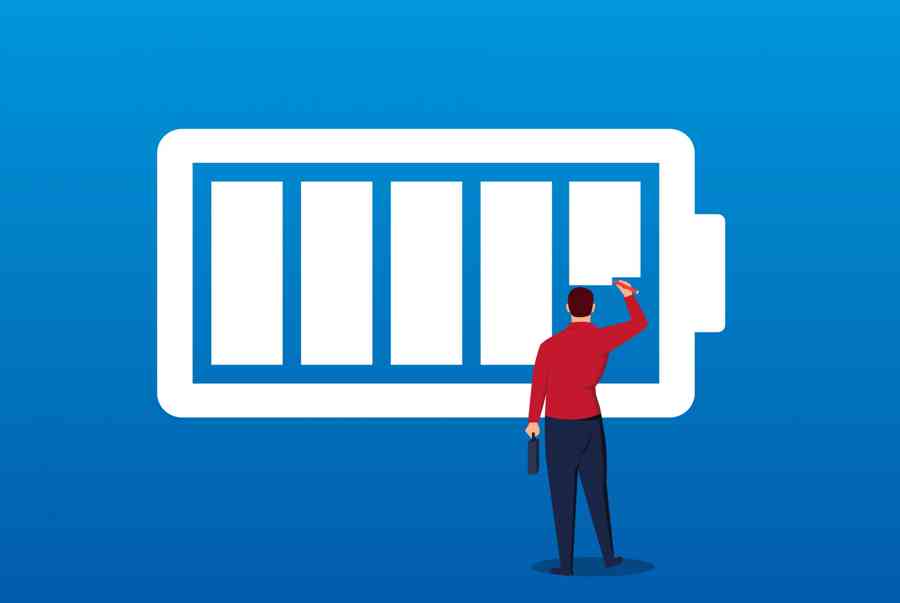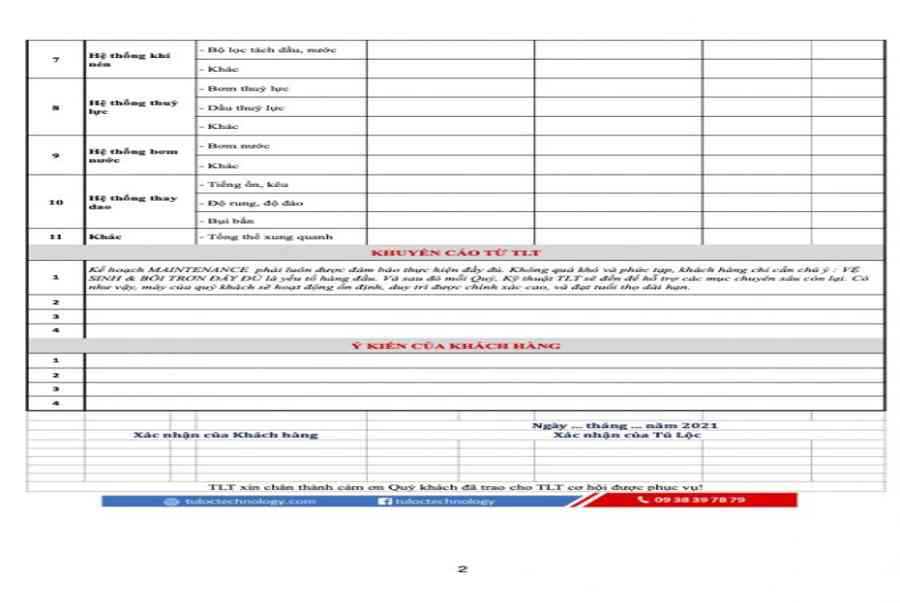Fagor 1VF-03SX manual
Phân Mục Lục Chính
Page: 1
29 ” Hello ! I am your dishwasher. But before I start some friendly advice. ” CAUTION IN HARD WATER AREAS ! The water from your tap at home is in perfect condition but be careful, it contains lime, and if we don’t keep it under control it could have some harmful effects. Before beginning, it is essential to find out about the water hardness of your area, that is, the amount of lime in the water. TheWater Company in your area or your Town Council will give you this information. But don’t worry, in order to prevent any harmful effects from Lime, my water softening device will always ensure perfect functioning .. Here I am, to save you from the washing-up. Thes e simple adjustments will ensure correct dishwasher function and are important. ADJUSTING THE AMOUNT OF SALT This 4 – position regulator can be found on the right hand side of the dishwasher. Use a coin to select the right position. You can then select the right position on the salt regulator. The following table shows you the correct positions. O-13 HF ( 0-7 DH ) 14-38 HF ( 8-21 DH ) 39-50 HF ( 22-28 DH ) 51-63 HF ( 29-35 DH ) MORE 63 HF ( 36 DH ) LIME LEVEL NO SALT REQUIRED RESULT OF THE TEST Positión 1 Positión 2 Positión 3 Positión 4 HF Water hardness given in French degrees. DH Water hardness given in German degrees. 18
Page: 2
DISHWASHING PRODUCTS – Use the funnel provided with the dishwasher to fill the dispenser full of salt ( about 1,5 Kg ) and then fill with water. – Always use a spoon to mix it properly. 1. SALT. So that lime does not cause any harmful effects. I was fitted with a Water Softener, which takes the lime out of your water and leaves it clean for dishwashing ; for my Water Softener to work you have to put salt in the salt container. But remember, only if the water hardness requires it. Remember ! Make sure not to use cooking salt, use only special salt for dishwashers available in all supermarkets. To ensure I am always in peak working condition I too need my own specific washing products. They are : 1. SALT 2. DETERGENT 3. RINSE AID • Where and how is the salt added first time use ? First you must take out my lower rack. Unscrew the dispenser cap and take it off. Important : This operation must be carried out only before the first wash. Later you only need to top up the salt level. – Once you have finished filling up with salt and water, make sure you screw the cap back on securely and that no traces of salt are left on the bottom of the dishwasher which could leave salt deposits. 30 ENGLISH 23
Page: 3
2. DETERGENT. The type of program will give you the quantity required. • When do I need more salt ? Don’t worry about it. The indicator on your dishwasher will tell you. • Models with Luminous Indicator : in the control panel. When the light comes on, fill the dispenser with salt. As we have seen in the sections above, it is possible that the water hardness in your area does not require you to add salt ; in that case do not worry if you see the luminous indicator lit. It is important to remember that you should always fill the salt dispenser before using the dishwasher, never afterwards. • Models with Optical Indicator : This is located in the cap of my salt dispenser. The indicator is a green float which in its highest position indicates that I do not need salt. Conversely, if the float has fallen and, therefore the green colour is not visible, this means that you must add more salt. But lets get to work. First, fill me up with detergent. Do you see the detergent compartment which is built into the inner door. That is where you put the detergent. 31 • How much detergent do I need ? For a non-concentrated detergent in powder or tablet form ; – For a pre-washed – none. – For a delicate, economic or rapid wash ; 1 measure of 25 gr. ( one and a half level soup spoonfuls or one tablet ) – For a normal or intensive wash, 2 measures, 1 of 25 gr. in the dispenser ( or one tablet ) and another of 5 gr or 15 gr. ( a level soup spoonful or half a tablet ) in the inner door. For concentrated and liquid detergent follow the detergent manufacturers recommendations. 27 23 24 3
Page: 4
3.RINSE AID. Cleans and adds brilliance.
The principal function of this product is to facilitate drying and prevent water drops
being left on the dishes after the wash, while at the same time giving all surfaces a
brilliant shine.
I have a compartment in the upper part of the inner door, just to the right of the
detergent compartment.
Turn and take off the cap of this compartment, and add rinse aid up to the indicated
maximum. Be careful that it does not over flow; if this occurs dry the spilt drops with a
cloth so that the wash quality will be correct otherwise over foaming may occur.
•How is the rinse aid intake regulated?
Once you have filled the compartment, you can adjust the level of rinse aid released by
moving the selector in the dispenser between numbers 1 to 6 (it leaves the factory in
position no. 2).
Before adjustment, I recommend that you judge for yourself by observing the final result
of each wash. If there are water drops or lime stains on the dishes, adjust the selector
to a higher number, conversely adjust to a lower number to reduce the quantity released
if the dishes show white, sticky streaks.
•When do you have to add rinse aid?
Only when it is indicated on your particular dishwasher model.
•Models withTransparent-Window Indicator: This is beside the rinse aid compartment.
If it is clear it needs rinse aid; fill it taking care that it does not overflow. If it is dark it has
sufficient.
•Models with Luminous Indicator: When the liquid runs out, this light on the
control panel comes on. This is a clear warning to refill with rinse aid.
•Where and how is rinse aid added?
32
ENGLISH
25
26
4
Bạn đang đọc: Fagor 1VF-03SX manual
Page: 5
33 With the basket at its highest level you will be able to put plates with a diameter of up to 19 cm. in the upper basket and up to 31 cm. in the lower basket. With the basket at its lowest level you will be able to put plates with a diameter of up to 24 cm. in the upper basket and up to 26 cm. in the lower basket. CORRECT LOADING OF THE DISHES Because you should never play with your food. To ensure good results, it is very important to load the dishes properly in my racks. Each dish should be individually located in either basket with sufficient clearance between each item for water to pass, this will guarantee a perfect wash and save you time and money. 2. Top range basket. Without having to take the top basket out of its rails, you can adjust the height of the basket with a simple hand movement, even when there is crockery in the basket. oth to raise and lower the position, pull u pwards from the centre of the basket. • Regulating the height of the basket. Depending upon your dishwasher Mã Sản Phẩm, you will be able to adjust the height of the upper basket so as to enable you to wash bigger plates. But how ? It’s easy ! 1 Turn the wheel stop. ( A ) 2 Pull the basket towards you and it will come out. 3 Put the basket back at the height you have chosen. 4 Turn the wheel-stop back to its original position. ( B ) 1. Standard basket. B A Regulating the upper basket means you can get the height you want .
Page: 6
• Loading the dishes in the racks. – In the lower rack. The dirtiest and most resistant dishes, casseroles, oven dishes and plates ( load the deep ones on the right and the shallow ones on the left ). The dishes should always tilted towards you and make sure that there is sufficient clearance between them so that the water spray can reach and clean them. Saucepans always upside-down. If your dishwasher has folding supports, you can use them in the vertical position for plates and in the horizontal position for large items of crockery. – Cutlery basket. This is where the cutlery goes ; it is located in the lower basket. The separate compart-ments allow you to segregate the different items always with the handle down. – In the upper rack. The more delicate dishes. Cups, glasses and porcelain. Take care that their rims face down ( upside-down ). Lead crystal should not be washed in the dish – washer, continued washing will make it go cloudy and it will lose its shine. When the half-load function is activated, in those dishwashers which have it, all the items must be put in this basket, even cutlery ( which will be put in one of the parts of the double cutlery basket which is normally at the bottom ). 34 ENGLISH For IEC regulation EN-50242 For IEC regulation EN-50242 For IEC regulation EN-50242 Once you have loaded the dishes and cutlery, make sure that the spray arms and revolve without hitting any plate, piece of cutlery, handle, etc. 21 20
Page: 7
35 Normalised according to EN-50242 ( 13 silver ) Normalised according to EN-50242 ( 12 silver ) Normalised according to EN-50242 ( 13 silver ) Normalised according to EN-50242 ( 13 silver )
Page: 8
36 ENGLISH Reading an instruction manual and following its advice takes very little time but is very important for your satisfaction. 1. Recommendations for cleaning. – Clean the wash filter when you see debris accumulating. To take it out turn the handle. Clean it with running water and a brush. Refit the filter securely. This is very important. If it is not properly secured, it can cause problems such as blocked pipes and spray arms. – Also clean your dishwasher periodically both inside and outside. Inside, every six months, fill the Detergent Dispenser with a special Dishwasher-cleaning product, select the Economic Program and run the complete wash cycle. Outside, you should use a damp cloth soaked in soapy water. Afterwards, dry me with a dry cloth. As a safety precaution, switch off all electrical connections to me ( remove the plug from the socket ). 2. Recommendations for dishes. – Stainless cutlery : I can clean it without any problem. – Silver cutlery : make sure that it is not in contact with other cutlery, for if it is, it can cause brownish stains. Keep in separate compartment. – Aluminium : it is recommended that this should not be washed in the dishwasher, as it will cause more pro – nounced stains and darkening of the aluminium. – Decorated porcelain : just as in hand washing, if the decoration is not top quality it will gradually wear away – it is not advisable to wash in dishwashers. – Glass : only load glass suitable for dishwashers. It is recommended to use a low temperature program for glass : economic or delicate. Do not wash Lead Crystal. – Plastic : heat-resistant plastic is suitable for dishwashers. But when in doubt, ask at the point of marketing. Do not wash medication spoons or small light objects. – Wood and earthenware : Do not place in dishwasher, these are not appropriate for dishwashers. IMPORTANT RECOMMENDATIONS 22
Page: 9
37 1. Check that I’ve been plugged in and that the electricity supply master swich is on. 2. Open the water shut-off valve. 3. Check the salt level ( if necessary ) and the rinse aid level. 4. Place the dishes in the dishwasher as shown. 5. Fill the dispenser with detergent. START-UP CHECK LIST Before setting me to work, please read this check list carefully. PROGRAMME SELECTION Easy programming and control. 1 2 2 1 6 9 13 10 8 A. Select Programme To select a wash programme, simply turn the selector knob to the position for the programme you want to use. When you have selected the programme, the pilot light corresponding to this programme will light up. For easy control of the wash phases, a pilot light ( only in type A models ) will also go on, indicating the current wash phase. There is also a DISPLAY ( depending on Mã Sản Phẩm ) which shows either the estimated duration of the programme or the time left for it to finish. 9 6 10 8 2 1. Press the On / Off button. The pilot light goes on. 2 1 9 6 8 15 13 14 B 14 13 9 15 8
Page: 10
ENGLISH
38
WASH PROGRAMMES
* Programme 4, is a standardised programme in accordance with EN-50242.
– –
25 + 15 65
25 + 5 55
Normal
Intensive
Cold
pre-wash
Rinses Dishes which are
not to be washed
immediately
For very dirty dishes
and pans
For Normal soiled dishes
DETERGENT
GRAMMES
TEMP.
ºC
PROGRAMME
TYPE
APPLICATIONS
1
2
3
PROGRAMME
Nº.
Economy 25 50
For lightly soiled dishes
Delicate 25 45
Special for glass
25 55
Rapid For very lightly soiled
dishes
4*
6
5
NOTE:
Programme 4, standardised according to EN-50242, takes longer than programmes
2 and 3 but consumes less energy.
IMPORTANT: Do not open the DISHWASHER door during the washing process.This
could interfere with the PROGRAMME.
Cancelling a Programme
Once a wash programme has started,if you press the Start/Pause button ,the programme will stop
(time stop).In type A models, the LED for the wash phase in progress will start to flash and in type
B models,the pilot light with start a flash.In the models with a display,the “PH”symbol will flash.
Then select the new programme and press the Start/Pause button again to continue.
. End of Programme
Once the wash has been completed, in type A models the pilot light will go on, and
in type B models the pilot light will go on. Press the On/Off button to switch the
dishwasher off.
IMPORTANT: Likewisw, at the end of the wash programme, the dishwasher will emit a beep
for a maximum of 2 minutes, at 30-second intervals, to tell you that the programme is over.
. Press the Start/Pause Button
THE WASH PROGRAMME SELECTED WILL NOW COMMENCE.
13
10
13
3
14
13
4
10
15 2
Page: 11
Delayed Programming It’s as easy as pressing a button ! Models with display If you press button an electronic device allows you to delay the start of the wash process between 1 and 9 hours, with intervals of 1 hour. This means it’s easy for me to work at night, when you can take advantage of cheap-rate night-time electricity. 7 8 7 OPCIONAL FUNCTION BUTTONS ( depending on Mã Sản Phẩm ) 39 Other Models I have another electronic device that allows the start of the wash process to be delayed either 3,6 or 9 hours. All this information is displayed on the corresponding pilot lights, located in zone or once button or has been pressed ( depending on the Model ). IMPORTANT : To cancel the delay if it has already been activated, switch the dishwasher off using the General On / Off switch. Extra Drying ( depending on Mã Sản Phẩm ) Sparkling clean and crystal clear. Our Electronic Dishwashers have a feature that other dishwashers don’t have : Extra Drying !. A special programme running at 70 ºC giving you more efficient drying, if and when you need it. Mixed Load ( depending on Model ) Our Electronic Dishwashers are also the only ones which can wash items needing an Intensive Programme ( pans, etc. ) together with others which need a Delicate Programme ( e. g. fine glassware ). So you no longer need to separate part of the load and wash it by hand. 2 11 8 12 8 12 17 7 8 2 16 B 11 7 8 12 2 A 7 11 9 6 Tipo A Tipo B ( ( 3 6 9 3 6 9 6 h 9 h 3 h Tipo A Tipo B ( (
Page: 12
ENGLISH 40 If you wish, you can wash only half the full dishwasher load ( = 6 place services ). To do this : 1 ) Choose the programme, as shown in the corresponding boxes ; 2 ) press the 1/2 button, and 3 ) place the dishes in the upper basket. The amount of detergent you should add is 15 + 5 grs. for the Intensive Programme and 15 grs. for all other programmes. NOTE : In type A models, while washing is in progress, pilot lights, which correspond to the optional function buttons selected, light up, and in type B models the pilot light, which correspond to the optional funcion buttons, light up. Half Load ENGLISH IMPORTANT : If the problem persists, make a note of it ( as shown in theTable ) and contact theTECHNICAL ASSISTANCE SERVICE TROUBLESHOOTING 11 12 17 16 Door open PROBLEM Water not entering Doesn’t drain Overflows Overheats Does not heat up Temperature Sensor – Intermittent – Off PHASE PILOT LIGHT ( type A ) Lack of water pressure Nº BEEPS END LED ( STOP ) FUNCTIONING LED PHASE PILOT LIGHT ( type A y B ) NOTE : If in type A models, you see that any of the phase pilot lights are flashing or in type B models, that pilot light or is flashing, press the Start / Pause button, and it will emit the same number of beeps as the number of the problem. Beep detection can be repeated as often as you wish. 10 13 DISPLAY ( only deluxe mod el ) ( type A y B ) F1 F2 F3 F4 F5 F6 F7 F8 PREWASH WASH DRY END MODEL DISPLAY 1 2 3 4 5 6 7 8 14 15 This table is also shown on the upper door rim ( it can be seen by partly opening the dishwasher door ). 28 If a failure occurs in your dishwasher, you will hear a continuous warning beep and the problem type will light up on the display at the same time ( F1, F2, F3 … F8 ). Here is a troubleshooting table : The problems detailed in the table will depend on the Model of dishwasher. If you have any of the problems shown in this table, first check that the dishes are placed correctly and restart the programme as described in section 2 above ( Programme selection ) 50%
Page: 13
41 1. In spite of everything I do not start. It could be that : The elctricity has been cut off. The plug is not correctly wired and 13 Amp fuse fitted. You have not closed the door correctly. You have not pressed the stop / start button. 2. I switch on but there is no water coming in. What’s wrong ? The mains water has been cut off. The mains tap has not been turned on. The water intake electrovalve filter ( located in the dishwasher ) is blocked. TROUBLE-SHOOTING
Page: 14
42 3. The dishes do not come out as clean and shining as you expect. You have not used a special dishwasher detergent. You have not filled the detergent dispenser or have not closed the detergent cover. You have not loaded the dishes properly. Make sure that the plates are not piled together. The spray arms are jammed by cutlery or dishes. The drain hose is blocked. The selected wash program is not correct. An appropriate rinse aid has not been used. The rinse aid intake has not been correctly adjusted. Or if you live in a hard water area, you have forgotten to add salt. If, after consulting this guide, the problem persists, stop the machine, turn off the mains tap and call your local SERVICE CENTRE. They know me inside-out. The filter has not been fitted correctly or has not been cleaned. Check that it is correctly fitted. The spray holes on the arms are blocked with debris. ENGLISH
Page: 15
Free-standing dishwashers Introduction Our FREE-STANDING DISHWASHERS have been designed so taht you can put them on their own, in the most suitable spot. Dimensions Figure 2 gives the measurements of the appliance. Study them, as they will help you install the appliance. Levelling and positioning Before installing the DISHWASHER, the ap – pliance must stand firmly on the floor and be as perpendicular as possible. Level it accordngly. correcting any possible irregularities in the floor. This may be done by adjusting the height of thefeetatthebottomoftheappliance ( Figure 7 ) ( 0-20 mm ). A maximum 2 % inclination level is allowed. Once you have completed these tasks, proceed with the electrical and water connections according to the instructions. Panellable dishwashers Introduction Our PANELLABLE DISHWASHERS are de – signed so that you can put them on their own or in with the rest of your kitchen cabinets and appliances. In the latter case, you can adapt them to the decor and arangement of your kitchen, by performing a few simple operations. Dimensions Figure 2 provides the measurements of the applianceandFigure5theminimummeasu – rements of the kitchen units. Levelling and positioning Before installing the DISHWASHER, the ap – Important information In order to help install your DISHWASHER, we have included a series of drawings and diagrams at the end of this MANUAL.. They also provide a detailed list of all the elements, measurements and operations to keep in mind during installation. Please open out the drawings and diagrams, as they will help you to understand the text and be a great help in solving small proble – mas when installing the dishwasher. Technical Specification Plate The TECHNICAL SPECIFICATIONS PLATE, stuck on the side of the DISHWASHER door, contains technical information as well as the serial number of the appliance. READ THIS INFORMATION before making the electrical connections. Electrical Connections Theelectricalconnectionsshouldbecarried out by a specialist who is familiar with the legal provisions as wellasthe standards and regulations in force in each country. Warning Before installing the appliance and connec – tingboththewaterandelectricitysupply, itis extremely important that you take into ac – count whether your DISHWASHER is a PA – NELLABLE or INTEGRATED Model. You will need to perform a number of operations to ensure that you isr installed dishwasher pro – perl. Unpacking Carefully remove all the protective packing from the appliance. If your dishwasher is an integrated Model, remove the brackets located at the bottom of the dishwasher. ( Fig. 2 ). Remove the packing from around the bas – kets inside the machine. 83
Page: 16
84
pliance must stand firmly on the floor and be
as perpendicular as possible.
Level it accordngly. correcting any possible
irregularities in the floor.
This may be done by adjusting the height of
thefeetatthebottomoftheappliance(Figure
7) (0-20 mm).
A maximum 2% inclination level is allowed.
Door decoration
You can fit decorative panels to the door of
your DISHWASHER so that it matches the
surrounding decor.
This pannelling may be up to 4.5 mm thick.
Fitting the panels
1.-Remove the door frame from your dish-
washer by undoing the screws as shown
in Figure 3.
2.-Prepare the panel according to the mea-
surements given in Figure 3 (597 x 587
mm).
3.-Fit the panel you have chosen and screw
the frame back into place.
Once you have done this, proceed
with the water and electricity
supply connections according to the
instructions.
Built-in dishwashers
Introduction
Although they can also be used as free-
standingappliances,ourBUILT-INDISHWAS-
HERS are designed so that you can fit them
into your kitchen under the work surface.
You may easily adapt your dishwasher to the
decor and door alignment of the rest of your
kitchen by performing a few simple opera-
tions.
Dimensions
Figure 5 gives the measurements of your
dishwasher and the minimum requirements
for the kitchen units. These will help you in
the installation process.
If you want to put your dishwasher under the
kitchen work surface, you have to remove the
top cover by undoing the two screws shown in
Figure 4 and also remove the counter weight
located at the top of the machine. (Fig. 2)
Youcanusethesesamescrewslatertosecure
your appliance to the kitchen work surface,
thereby ensuring the stability of the dishwas-
her.
Levelling and positioning
Refer to the section on levelling and positio-
ning for free-standing and panellable
dishwashers.
Door decoration
You can fit decorative panels to the door of
your DISHWASHER so that it matches the su-
rrounding decor.
This panneling may be up to 4.5 mm thick.
Panelling and adjusting the door
1.-Remove the door frame form your dish-
washer by undoing the screws as shwon in
Figure 6.
2.-Cut the decorative panel according to the
height required (h) to line it up with the
kitchen units either side.
3.-Takethedoorframeandcutit,bysawingoff
the top ends, to the same height (h) as the
decorative panel.
4.-Adjust the lower door shim to the right
height (h).
5.-Fit the decorative panel to the door. At the
same time secure the frame and re-mark
the position of the new holes in the door.
Make the holes with a 3.25 mm drill bit.
Screw the frame back into place.
Note
If you want to fit your dishwasher into a row of
kitchen units with a single kickstrip, this is
possible, although you should bear the follo-
wing in mind:
1.-Remove the base (1) and the feet (2) by un-
doing the screws (according to Figure 1).
ENGLISH
Page: 17
2. – Do not forget to change the adjustable feet from Position A to Position B. 3. – Fitthekitchenunitkickstrip, sawingittothe size required ( according to Figure 4 ). Once you have completed these tasks, proceed with the electrical and water con – nections according to the instructions. Integrated dishwashers Introduction Our INTEGRATED DISHWASHERS are de – signed so that the door covering and the control panel match the shape and size of 60 cm wide kitchen modules with a door and a drawer at the top. To do this, proceed as follows : Dimensions Figure 5 gives the measurements of your dishwasher and the minimum requirements for the kitchen units. Thes e will help you in the installation process And remember if your dishwasher is an integratedmodel, removethebracketslocated at the bottom of the dishwasher. ( Fig. 2 ). Levelling and positioning Refer to the section on levelling and positio – ning for free-standing and panellable dishwashers. Integrating your dishwasher Adjusting the height of the dishwasher Turn the dishwasher feet B anticlockwise, until the tp of the appliance comes into con – tact wit the bottom of the kitchen work surfa – ce ( Figure 7 ). This enables the DISHWASHER height to be adjusted up to 870 mm. Aligning the control panel ( Figure 8 ) This operation consists of aligning the con – trol panel of the dishwasher until it is at the same height as the drawer panels of your kitchen units. Usethespacingpiecesandscrewsprovided inside the appliance to carry out this opera – tion. If the height of the drawer panel is 110 mm, it is not necessary to make any adjustments. If it is higher, add as many spacing pieces as necessary ( spacer A = 5 mm, spacer B = 10 mm ), forming 5 mm modules, to adjust the height of the control panel to that of the drawer panels of adjacent units ( Figure 8 ). Once you have done this, bear in mind that when you fit the door panel, the bottom of it must be in line with the kickplate of your kitchen units. Integrating your dishwasher INFORMATION NOTE : The maximum and minimum weights recommended for the door covering to be fitted to the dish washers are : – Maximum : 6,5 Kg – Minimum : 4,5 kg Once you have carried out the previous operations, proceed with the integration of your dishwasher, as follows : 1. – Fit the protective plastic cover supplied with the appliance to the underside of your kitchen work surface ( Figure 9 ). This cover will prevent the condensation generated during the operation of your dishwasher from damaging the undersi – de of your work surface. 2. – Using the template supplied with your ap – pliance, mark the points where the brac – ketsforfixingtothedishwasheraretogoon the back of the door panel ( Figure 10 ). Note When preparing the front panel you must take into account whetehr or not you have increased the height of the control panel with spacing pieces. A ) If you have not, align reference point 0, located on the top edge of the template, with the top edge of the door panel. 85
Page: 18
86 B ) If, however, youhaveincreasedtheheight of the control panel, match the reference points marked on the template every 5 mm with the number of spacing pieces fitted to the top edge of the door panel. 3. – Fitthetemplate, secureitandmarkthethe position of the holes. The drill them with a 2.5 mm drill bit and screw the brackets to the panel, ensuring that the curved part of thebrackettfacesupwards ( edgeY, Figu – re 11 ) : Take care not to drill too deeply. 4. – Take the door panel, with the edge ( Y ) facng upwards and fit the brackets in the slots in the door. Then pull the panel up until it touches the control panel, ensuring that all the brackets are properly secured in the slots in the door ( Figure 12 ). 5. – Slowly open the dishwasher door, hol – ding the panel at the same time. Then screw it tight using the screws supplied, ensuring that it is properly aligned with the door ( Figure 13 ). Note To fit your integrated dishwasher into a row of kitchen units with a continuous kickstrip, proceed as follows : 6. – Fit the kickstrip, sawing it to the right size ( Figure 4 ) 7. – Secure the dishwasher to the work surfa – ce ( Figure 14 ) 8. – Check that the door opens and closes properly ( Figure 15 ). When these parts have been fitted, the dish – washer is ready for integration. Once these operations have been carried out, proceed to connect the electricity and water supplies according to the instructions. Thes e figures can also be consulted on the template supplied with the appliance. Water supply connection To connect the DISHWASHER to the mains water supply, use the PRESSURE HOSE sup – plied with the machine. Join it to a water tap with a R 3/4 ” threaded mouth ( Fig. 16 ). The operating pressure should be between 4.9 – 98 N / cm2. If it is higher, connect a pressu – re reducer valve, which you can buy in a shop selling plumbing supplies. Very important The water inlet hose should not have any kinks in it which might prevent the không tính tiền entry of water into the DISHWASHER. Hot water inlet Although it is best to connect the machine to the cold water supply, some models can be connectedtoeitherthecoldorhotwatersupply ( max. 60 °C ). Enquire at your local dealer. Drainage connection The DRAINAGE CONNECTION is made with akneedhosethatmeetsthefollowingrequire – ments : 1. – Less than 3 metres long. 2. – The end of the drainage pipe should be at a height of between 0.5 m and 1 m from the floor ( Figure 17 ). 3. – A sump needs to be fitted for odour-free drainage. 4. – Avoid kinks which prevent the water from flowing out freely. Very important When you have completed the connection, ensure that the pipe elbow is well anchored to the outlet. This will avoid water leaks and the risk of floods. ENGLISH
Page: 19
Electrical connection Our DISHWASHERS can withstand a maxi – munintensityof16A. THEAPPLIANCEMUST BE EARTHED. The POWER CABLE supplied with teh ma – chine has an earth terminal, which must be connected to a proper socket to guarantee the earth connection. Before plugging the appliance in, check that yourelectricitysupplyvoltagecoincideswith the operating voltage of your DISWASHER. This information is given on the CHARACTERISTICS PLAQUE located on the side of the Dishwasher door. If the power cord is damaged, it must be replaced. It can only be replaced by the manufacturer, anauthorizedservicecentre or authorized service engineers. THE MANUFACTURER CANNOT ACCEPT ANY RESPONSIBILITY IF THESE INSTRUC – TIONS ARE NOT FOLLOWED. This dishwasher complies with the provi – sionsofEuropeanDirective87 / 308 / EECcon – cerning radio interference. 87
Source: https://suachuatulanh.edu.vn
Category: Fagor
